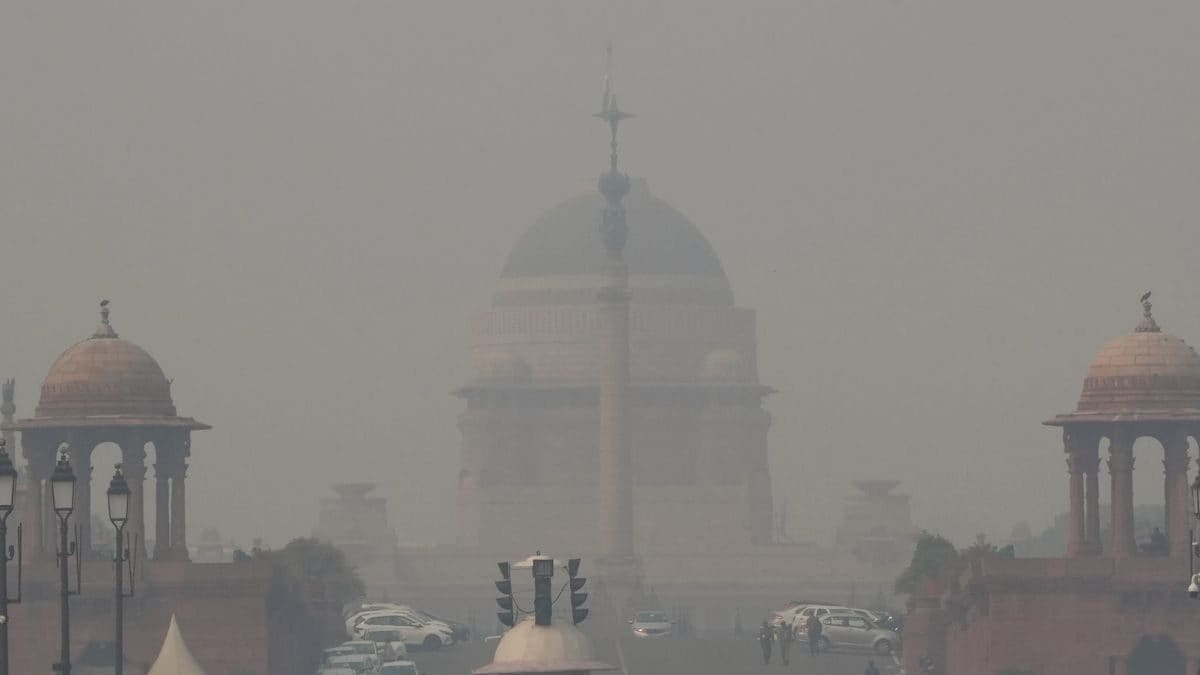The Delhi government is preparing for the upcoming winter season with a new ‘Winter Action Plan’ aimed at combating the city’s notorious air pollution. While past years have seen the implementation of the Odd-Even scheme, this year’s strategy emphasizes alternative measures and a shift in public behavior. The new plan aims to proactively tackle air pollution through a combination of proactive measures and public engagement.
Focusing on Behavior Change and Public Participation
The Delhi government has recognized that addressing air pollution requires more than just policy interventions. They are placing a strong emphasis on behavioral change through targeted awareness campaigns, emphasizing the individual responsibility in mitigating pollution. This proactive approach acknowledges the need for public buy-in and encourages citizens to play an active role in improving air quality.
Encouraging Work-From-Home and Alternative Transportation Options
Instead of mandating vehicle restrictions through the Odd-Even scheme, the government is advocating for voluntary vehicle restrictions and promoting work-from-home options. This strategy aims to reduce vehicle emissions by minimizing the number of commuters on the roads. Additionally, the government will explore options for staggered office hours and the use of electric vehicles, further incentivizing cleaner transportation choices.
Promoting Electric Vehicles and Cleaner Transportation Solutions
Recognizing the impact of vehicular pollution, the Delhi government is actively promoting the use of electric vehicles, especially in areas experiencing higher pollution levels. The focus on cleaner transportation solutions reflects a shift towards a long-term vision of sustainable mobility within the city. This involves promoting public awareness and creating incentives for individuals and businesses to transition to greener options.
Embracing Innovative Solutions for Air Purification
The Delhi government is exploring innovative solutions for air pollution, including artificial rain. This radical approach, though in its preliminary stages, highlights the government’s commitment to experimenting with cutting-edge technologies. The concept involves using advanced technologies to induce rainfall and wash pollutants out of the air.
Exploring Artificial Rain for Pollution Control
The idea of using artificial rain to fight air pollution has sparked discussions and requires further scientific research. While its feasibility and effectiveness remain to be tested, this initiative showcases a willingness to embrace novel solutions. By collaborating with experts and exploring this uncharted territory, the government is taking steps to address air pollution using the latest advancements in technology.
Collaboration and Cross-Departmental Cooperation
The ‘Winter Action Plan’ prioritizes a collaborative approach, involving various departments and institutions to effectively address the issue of air pollution. The government recognizes the need for a comprehensive strategy, taking into account various pollution sources and addressing them in a holistic manner.
Targeting Specific Hotspots and Pollution Sources
The government has identified 14 key areas of concern, including dust, vehicular, industrial, and stubble burning pollution, as well as pollution caused by open garbage burning and firecrackers. By focusing on specific hotspots and pollution sources, the government can tailor its efforts and achieve targeted outcomes.
Emphasizing Green Cover and Public Participation
The government’s plans include increasing green cover and promoting tree plantation, recognizing the crucial role of vegetation in air purification. This holistic approach focuses on promoting a cleaner environment not just through immediate mitigation efforts but also through long-term strategies for sustainability.
Leveraging Public Participation and Community Involvement
Encouraging public participation is an integral part of the new strategy. The government aims to empower citizens through awareness campaigns, incentivized behavior change, and a participatory approach in environmental protection. This public-private partnership is essential to achieving long-term sustainable results.
Takeaway Points
The Delhi government’s new ‘Winter Action Plan’ marks a significant departure from previous strategies, focusing on a comprehensive approach that combines technology, behavioral change, and public participation. The government’s commitment to exploring innovative solutions like artificial rain, fostering community engagement, and taking a proactive approach in addressing various pollution sources suggests a strategic shift toward a more sustainable future. This new strategy underscores the need for a multi-pronged approach, recognizing the importance of public awareness, collective responsibility, and a commitment to environmental sustainability.









